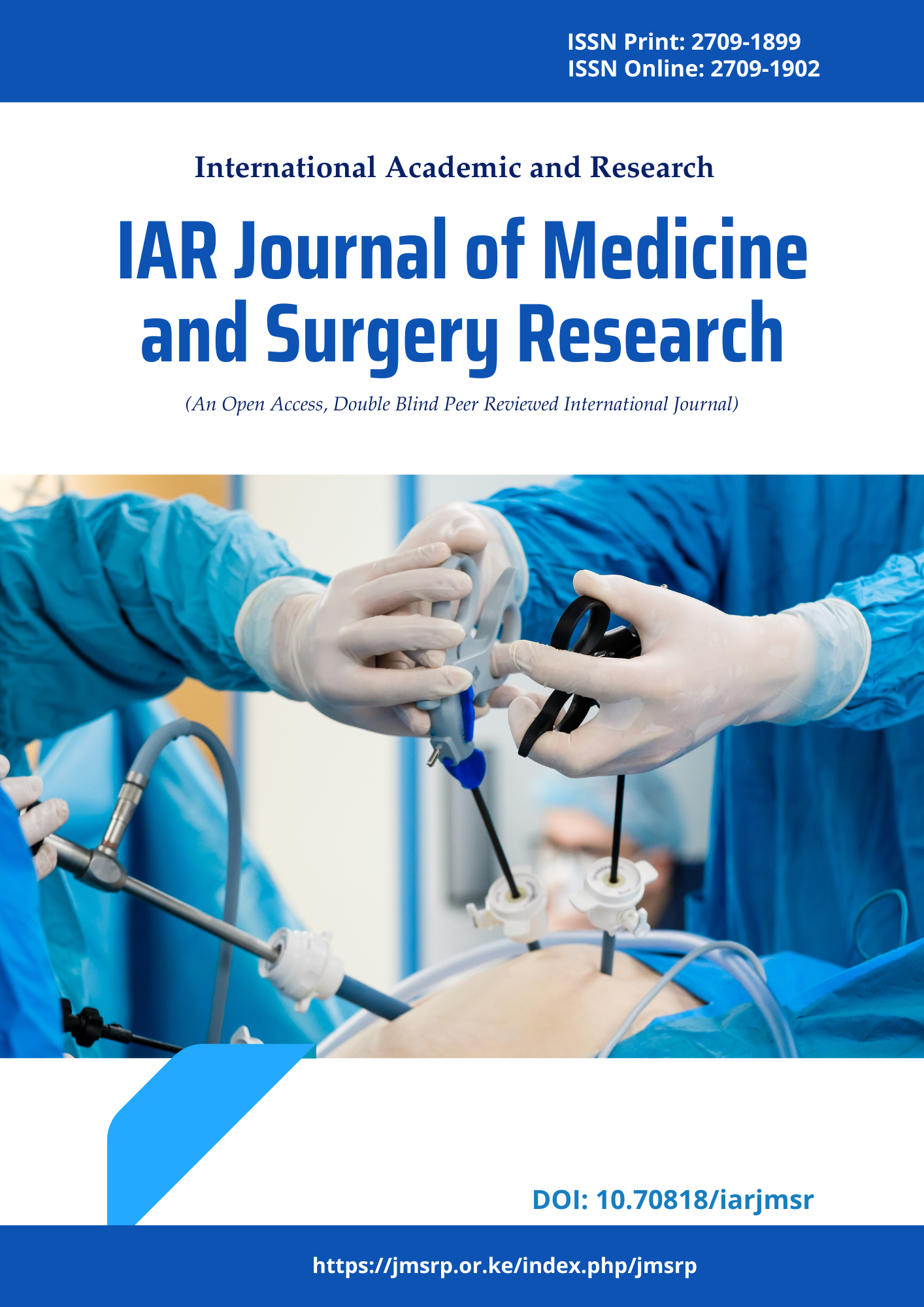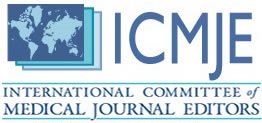Study on Molecular Characterization of Diarrheagenic Escherichiacoli among Pediatric Patient
DOI:
https://doi.org/10.47310/iarjmsr.2022.V03i01.02Keywords:
Molecular Characterization, Diarrheagenic Escherichia coli, Antibiogram patterns.Abstract
Background: Diarrheal diseases are major cause of morbidity and mortality in low‐ to middle‐income countries and estimated to be second leading cause of mortality among children < 5 years of age, resulting in 0.5 million deaths globally. Sub‐Saharan and South East Asian regions account for highest burden of the disease (>72%). Escherichia coli is enormously versatile bacterium which elaborates its commensal and pathogenic potential in human host. Diarrheagenic E. coli (DEC) is reported as one of the leading causes of gastrointestinal disorders worldwide and signified as an important issue to address in public health. Material and Methods: This is a prospective and Cross-sectional study was undertaken among all children diagnosed with diarrhea from both admitted as well as outpatient Index Medical College, Indore. Over a period of 2 years, stool specimen of all patients reporting to the hospital with diarrhea was collected. The present study includes all subjects (children under the age of 5 years) suffering from diarrhea who report to the hospital, both admitted as well as outpatient. Stool samples from each patient, including watery stool (within 24 hours), mucous, purulent blood stool, where the patients had not taken antibiotics was considered. Results: The most of the children were belongs to 4-5 years (50.8%) followed by 3-4 years (32.5%), 2-3 years (14.1 years) and 1-2 years (2.5%). Distribution of male according to different Diarrheagenic strains of EAEC 3, ETEC 13, EPEC 9 and female EAEC 6, ETEC 7, EHEC 1, EPEC 4. Distribution of age according to different Diarrheagenic strains of EAEC of 2-3 years were 2, ETEC 9, EPEC 4 and 4-5 years EAEC 2, ETEC 3, EHEC 1, EPEC 3. Conclusion: Although in our study, proportions of DEC as diarrheal pathogen are limited to a moderate level; however, current study revealed high levels of resistance among DEC pathotypes in hospitalized patients. The observed high resistance rates to antibiotics may be a result of extreme disease severity and persistence of infections among hospitalized patients.
















